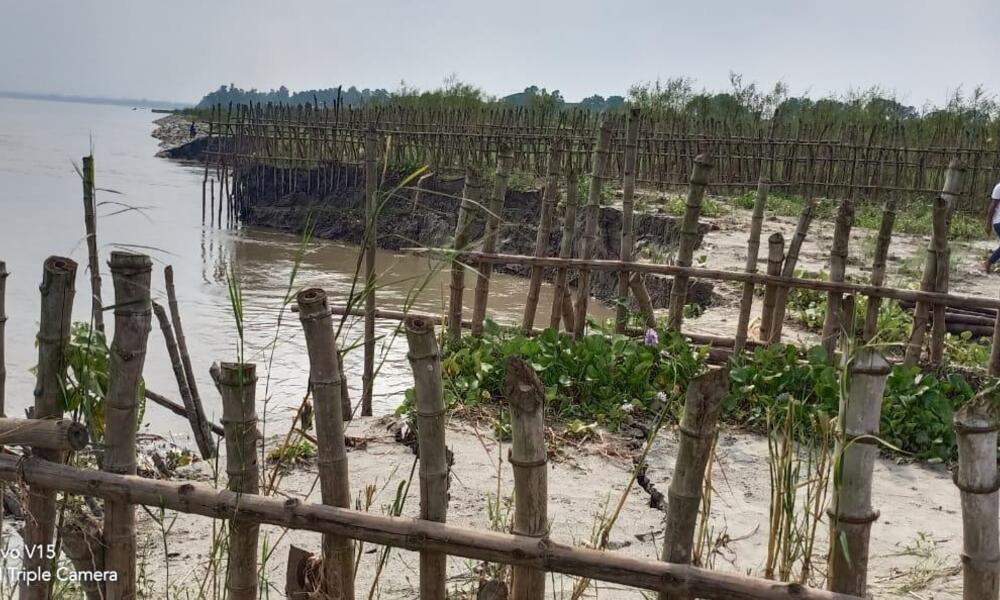Local expertise: drawing on the past to strengthen the future
For centuries, people living in India’s Himalayan foothills used the power of nature to protect themselves from floods and other extreme events.
“In our tradition, we have to spend three days each month in the forest to show our gratitude and plant new trees,” said Pragya Motiwal, who works in flood management in India. “But over time, people lost this tradition.”
On riverbanks across the region, trees and vegetation that hold soil and prevent the land from washing away during floods are chopped down to make way for resorts and new construction.. “People know the value of trees, but much of the time they don’t realize their flood management benefits. We need to spread awareness,” she said.
In 2013, the Kedarnath flood devastated the region, killing thousands and destroying communities. The disaster caused a shift in thinking on how best to manage floods—with nature at the center. Now, new construction on riverbanks is often met with protest.
A few hundred miles southeast, similar riverbank erosion in central Bangladesh’s Shariatpur District caused flooding during the 2018 rainy season. Then the Ganges River overflowed and destroyed almost 5,000 houses overnight. Houses toppled into rushing waters. “It was a national crisis,” Sanjida said.
To address the erosion calamity, Bangladesh’s Ministry of Water Resources hired a local contractor to replicate one of the local flood management methods, replanting trees along the embankments.
In nearby areas, the agency also drew on a long-standing method of constructing bamboo barriers, which stabilize the riverbank during floods.




